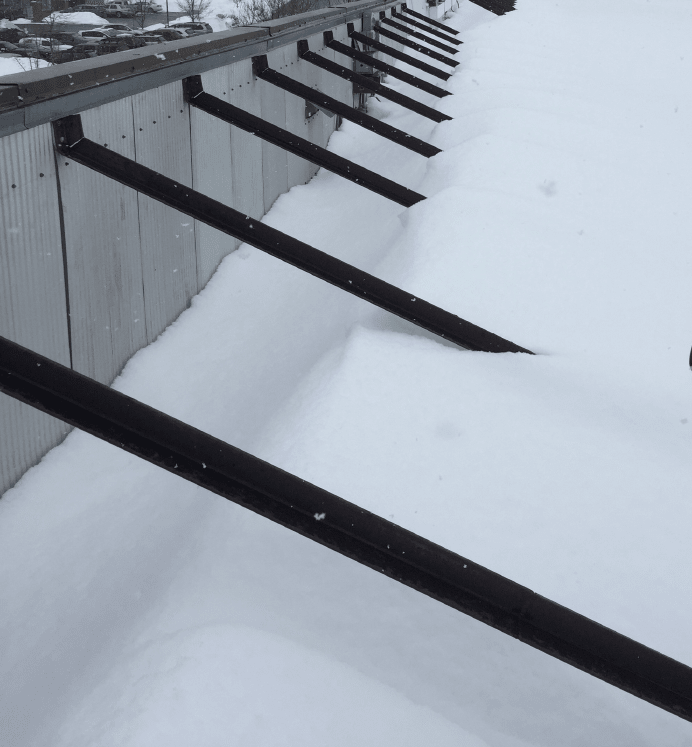Alexander Usdan
Structural
Anyone have any good (retrofit) solutions to prevent/limit snow drifts against a parapet?

(Even though it summer thought I would shake things up with a winter related question

(Even though it summer thought I would shake things up with a winter related question
